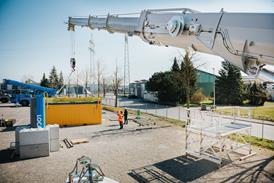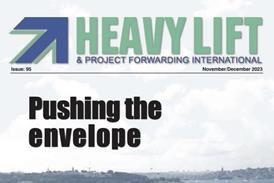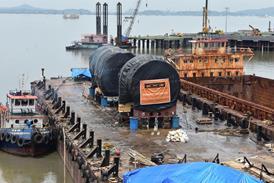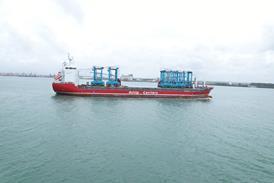February 10 - DNV GL has unveiled its new standard for assessing the station keeping capability of DP (dynamic positioning) vessels.
The ability to assess and compare the position-keeping capability of a ship equipped with dynamic positioning technology is vital during the planning and design phases, and provides valuable operational decision support.
The classification society claims its DNVGL-ST-0111 standard is the first to provide a unified approach to these assessments, ensuring verifiable results and increasing transparency in the market.
"In the past few years many in the industry had been calling for a new standard that could account for advances in technology and provide reliable data to support owners, operators and other stakeholders in selecting, assessing and benchmarking vessels. This prompted us at DNV GL to take action. We worked very closely with just under 20 industry stakeholders from Norway, the Netherlands and the UK in developing DNVGL-ST-0111, resulting in a standard that truly represents industry-wide best practices", said Aleks Karlsen, senior principal specialist DP Systems Control Systems at DNV GL - Maritime.
"One of the greatest challenges in this field is to be able to compare the DP capability of different vessels. In order to do this, we have developed the Level 1 in the standard, which sets strict requirements for the calculation methodology, enabling consistent vessel comparisons. The other challenges in our industry are the needs for vessel and operation-specific DP capability assessments and methods that are able to provide DP capability results in realistic dynamic conditions," added Luca Pivano, principal specialist DP simulations, marine cybernetics advisory at DNV GL - Maritime.
To cover this, DNV GL says it has also developed two additional levels in the new standard, providing full flexibility for the stakeholders to choose from based on their needs.
The DNVGL-ST-0111 standard defines clear and consistent requirements for DP station-keeping capability assessments, the calculation method documentation and the presentation and verifiability of the results. Addressing both the intact vessel condition and the worst-case single failure conditions, it also corresponds to the vessel's dynamic positioning class notation. The standard defines three different DP capability levels, each requiring a specific assessment method.
The calculations use the Beaufort wind scale as well as significant wave height, wave period and current speed data as input. DP capability plots are generated for each level, and the results of the assessment are expressed with a DP capability number in the format of DP Capability-LX (A, B, C, D), where X is 1, 2 or 3 corresponding to the analysis level. The standard also defines two additional DP capability assessment levels, allowing for the inclusion of site-specific environmental data and external forces (Level 2-Site and Level 3-Site).
In support of the new standard, DNV GL has also developed a web application, which helps users calculate DP capability numbers for Level 1 and is available free of charge on the DNV GL customer portal 'My DNV GL'. It assists users with entering all the required information and feeds back a visual representation as well as a report of the Level 1 numbers in near-real time.
Users may then request DNV GL approval of the results through the online tool. In addition, DNV GL's Marine Cybernetics Advisory team also provides services and a web tool based on cloud computing to assess a vessel's DP capability according to Level 2, Level 3 and their site versions.















